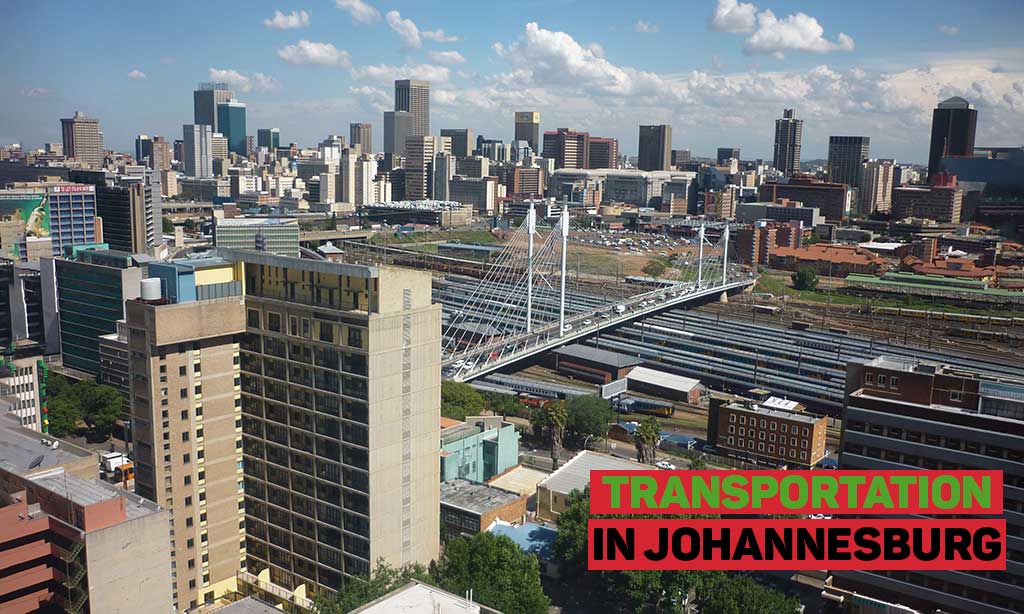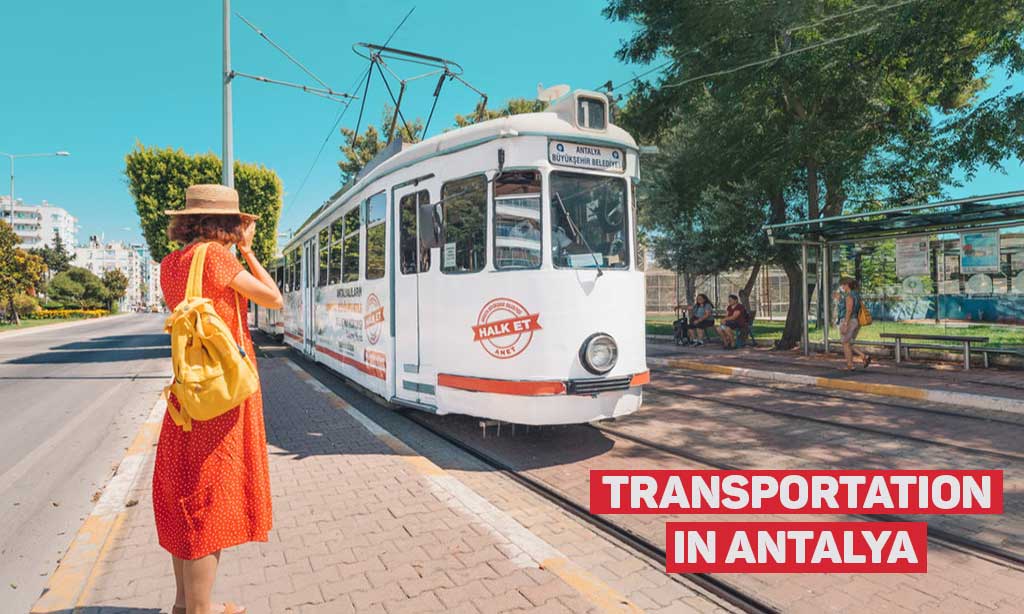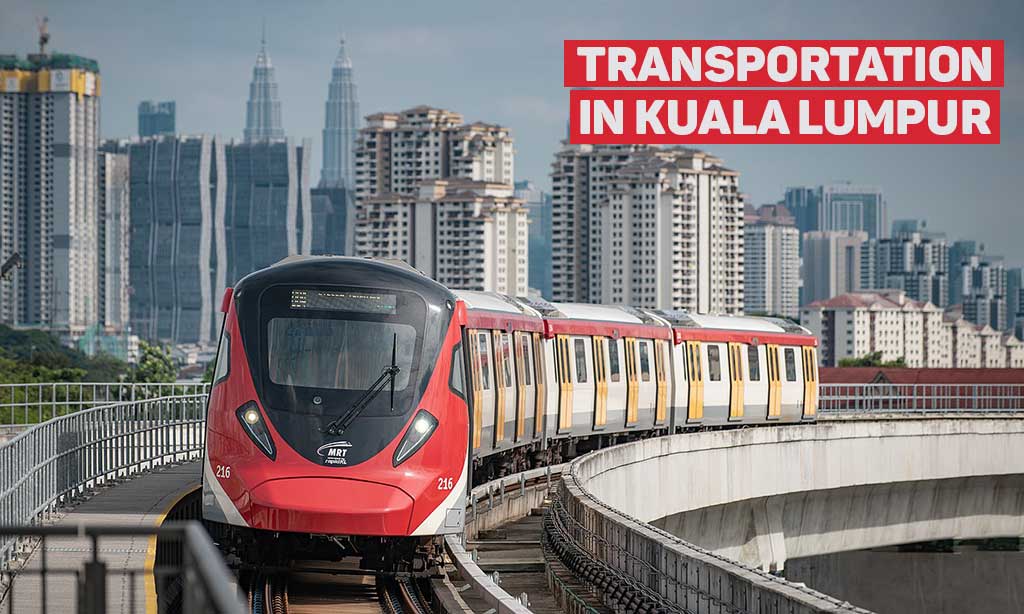Overview: Public Transport Rio de Janeiro has a diverse transportation system that includes the MetrôRio subway system, buses, street cars, cable cars, and more. While many might associate Rio with its iconic beaches and the activities surrounding them, the city’s transportation infrastructure is both varied and complex.
Operators: The primary operator for the subway system is MetrôRio. There are also various bus lines, the historical Santa Teresa Tram, and the SuperVia commuter rail network. Additionally, there’s a ferry service running from Rio to Niterói.
Rapid Transit Systems: MetrôRio is the main rapid transit system in Rio de Janeiro. It currently has three lines, named Lines 1, 2, and 4, which are color-coded orange, green, and yellow respectively. There’s also a Metrô na Superfície bus extension that runs westward from Ipanema Station. A blue “Line 3” is projected to open in the future.
Major Airport Services: MetrôRio doesn’t directly connect to Rio de Janeiro’s main airport, Antônio Carlos Jobim Airport (also known as Galeão Airport). However, travelers can take the metro to Carvalho station and then transfer to the BRT (Bus Rapid Transit). For Santos Dumont Airport, there are “executive bus” services from Rio Central Bus Station or the new VLT light rail.
Commuter Rail: The SuperVia is Rio’s suburban and commuter rail network. It’s extensive, with over 100 stations and eight lines spanning 12 cities near Rio de Janeiro. It’s primarily designed for commuters, so those looking to travel to smaller cities outside Rio might find direct bus services more convenient.
Buses: Apart from the Metrô na Superfície bus extension, dozens of bus lines operate throughout Rio. These buses are essential for areas outside the central districts.
Table: Transportation Systems:
| Transportation | Operator Name | Website URL |
|---|---|---|
| Metro | MetrôRio | MetrôRio Website |
| Bus | Various Operators | N/A |
| Streetcars | Santa Teresa Tram | N/A |
| Ferries | Regular ferry service | N/A |
| Commuter Rail | SuperVia | N/A |
Guide on Ticket Purchasing:
- Hours of Operation: MetrôRio operates daily from 5 a.m. to midnight. However, not all lines run during these entire hours.
- Fares: As of October 2020, MetrôRio has a flat fare of 5 reals. This fare also covers the Metrô na Superfície “bus extension” if a combo ticket is purchased.
- Passes: Unlimited passes aren’t available for MetrôRio or its bus extensions. However, a reloadable value card can be purchased and charged with a minimum of 10 reals.
- Ticket Purchase: Tickets can be bought with cash, and some machines accept credit cards. Certain turnstiles also support contactless payments like Apple Pay, Samsung Pay, and Visa credit cards with “pay wave” technology.
Major Passenger Airports and Ways to City Centre:
- Antônio Carlos Jobim Airport (Galeão Airport): Not directly connected to MetrôRio. Travelers can take the metro to Carvalho station and then transfer to the BRT.
- Santos Dumont Airport: Accessible via “executive bus” services from Rio Central Bus Station or the new VLT light rail.
Walking & Biking Facilities: Walking is a popular mode of transportation in Rio, especially in the coastal neighborhoods. However, the city’s diverse geography, including bays, mountains, and beaches, can be confusing for newcomers. For those interested in biking, the Bike Itaú service, a collaboration between Rio’s government and a Brazilian bank, offers a bike-sharing system with over 400 stations throughout the city. This makes biking a convenient option for both residents and tourists.





